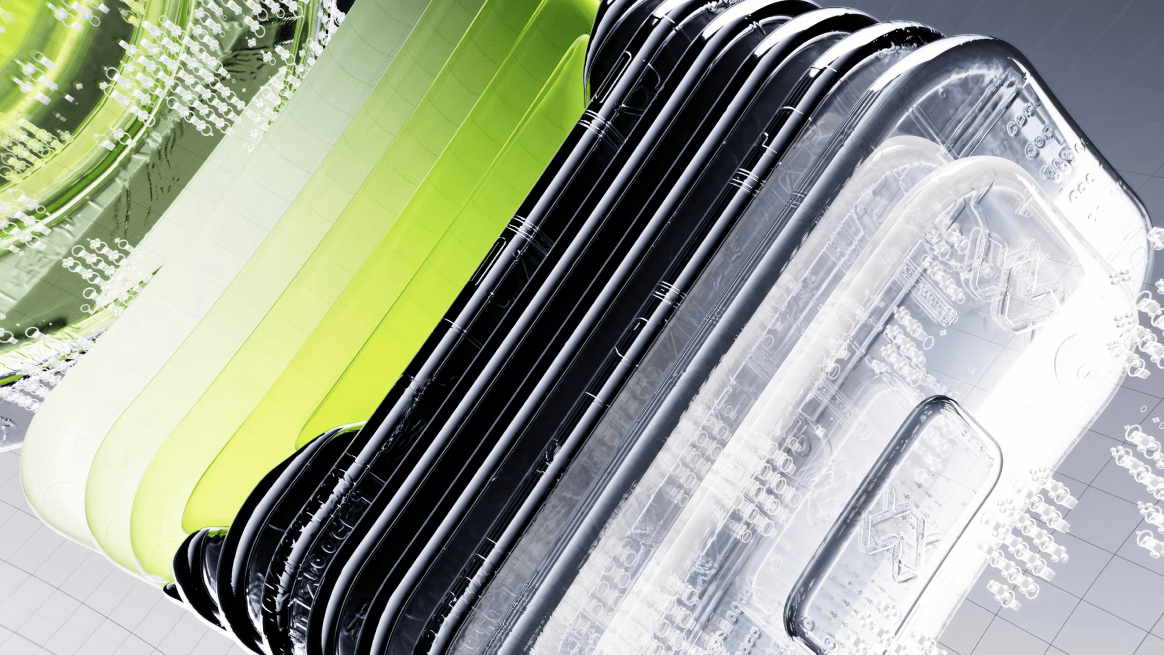What is SFRA? Store-front Reference Architecture
A reference architecture serves as a starting point for online storefront design. It combines best practices in site design and storefront architecture, giving you a blueprint for building and customizing your e-commerce storefronts.
What are the benefits of SFRA?
- Improves time to market: By leveraging its prebuilt storefront design and templates, developers can take advantage of the latest innovation quicker.
- Reduces storefront TCO: The new reference application facilitates an easy-to-use code base for developers to add functionality in a shorter time frame.
- Improves mobile shopping experiences: Salesforce built SFRA with a mobile-first approach. The framework is entirely responsive to any screen size, providing an optimized shopping experience from any screen.
- Storefront ownership and limitless customization: Because integrations are separate from the core code base, developers can own the code and customize it based on their brand’s unique needs.
Who is SFRA ideal for?
All new Salesforce Commerce Cloud customers should use SFRA. Its data-driven design has the most up-to-date features and functionalities to provide shoppers the best mobile experience. It’s faster, easier to use, and customizable. By leveraging the prebuilt storefront design with the pre-configured integrations, brands will see a quick speed to launch and faster ROI.
In addition to new Salesforce clients, Lessard says SFRA is ideal for “existing customers who are looking to do a storefront redesign.” Keep in mind that current Commerce Cloud customers are not required to switch to SFRA. Lessard adds, “We don’t want customers to think they have to move to SFRA today. If they’re not ready to make a move, they don’t need to. Brands should look at SFRA as an opportunity to enhance their branded experiences.”
Dive into Product Documentation: Salesforce Commerce Cloud’s product documentation has already been updated to include Storefront Reference Architecture information. While not the most exciting reading, it’s often the most helpful.
Hit the Trail: Interested in taking a more technical deep dive into the Storefront Reference Architecture? Salesforce has launched an “Explore the Commerce Cloud Storefront Reference Architecture” unit as part of their Commerce Cloud Digital for Developers module in Trailhead.
Questions?
VP of Commerce, Americas





